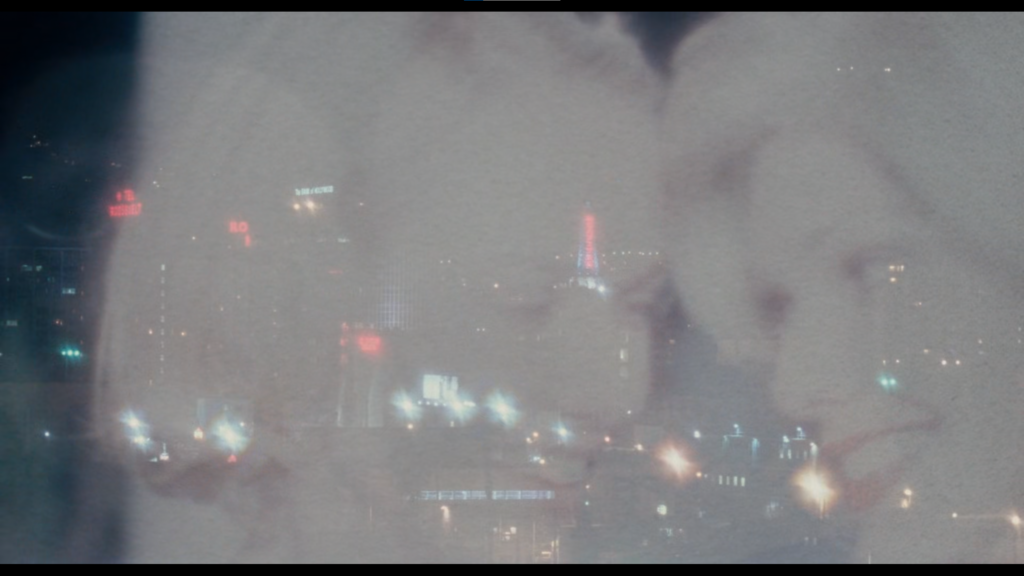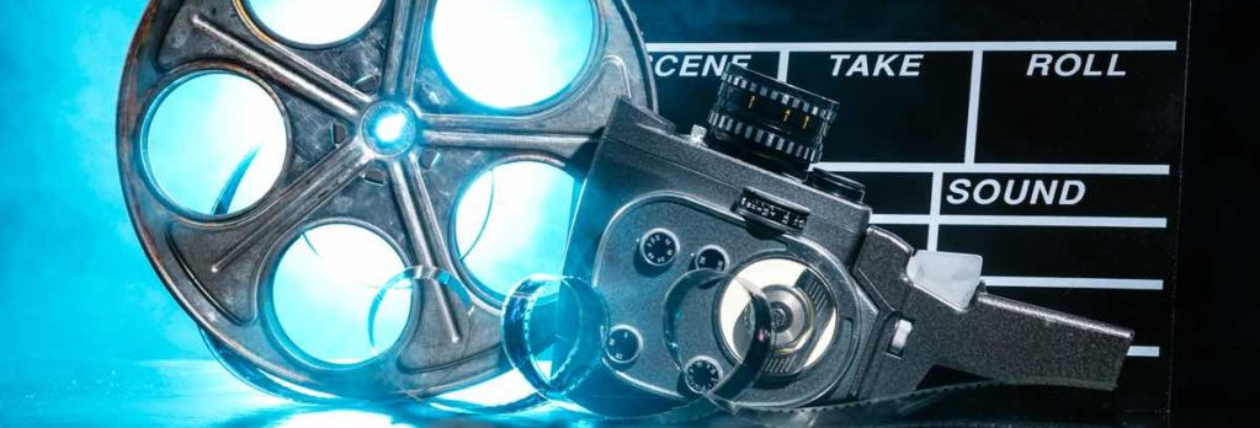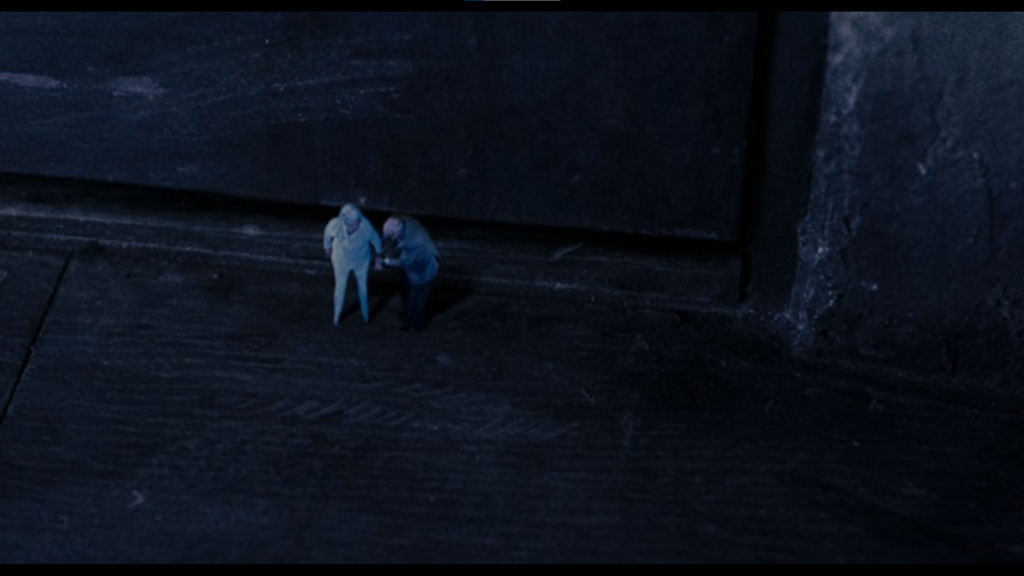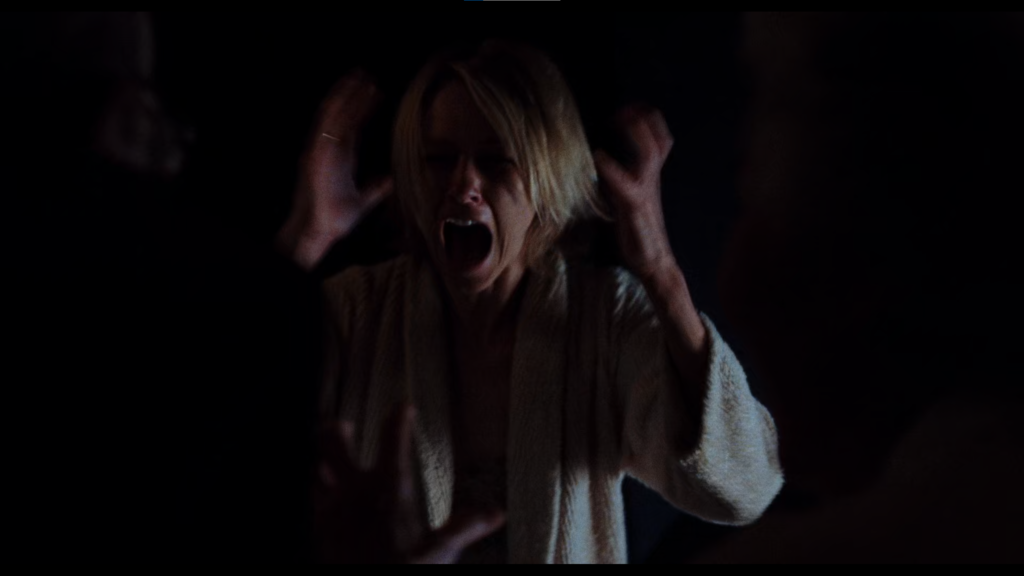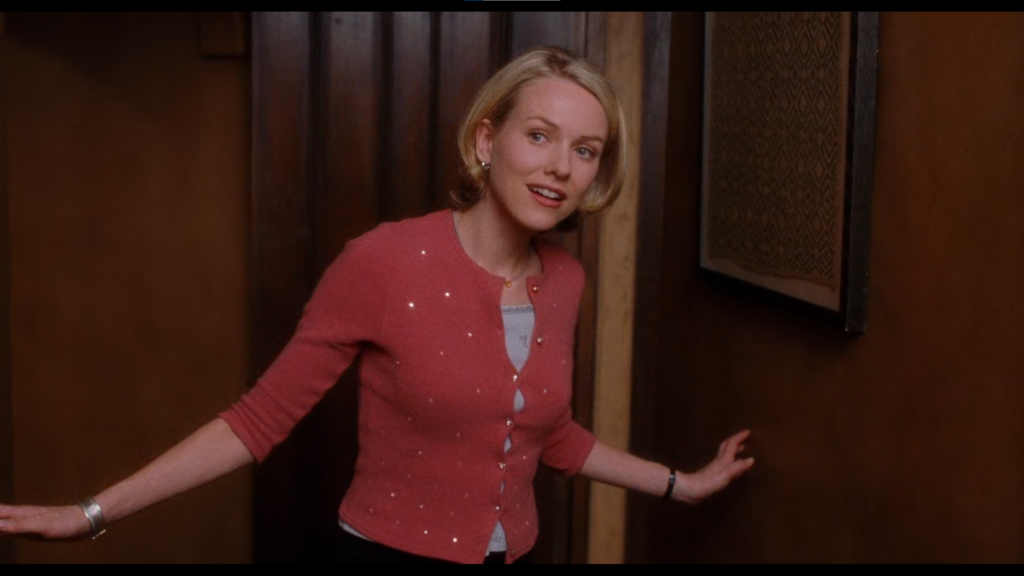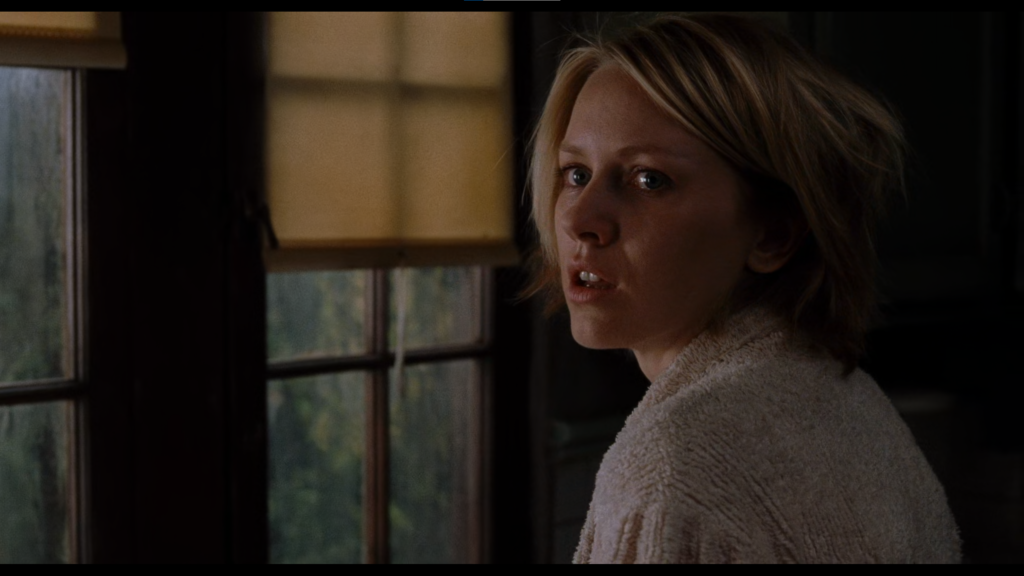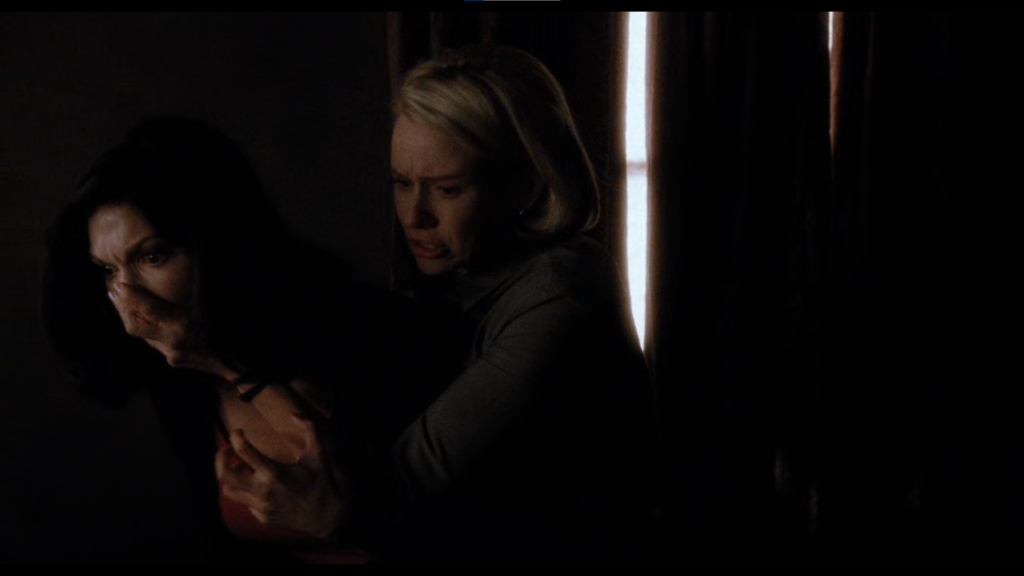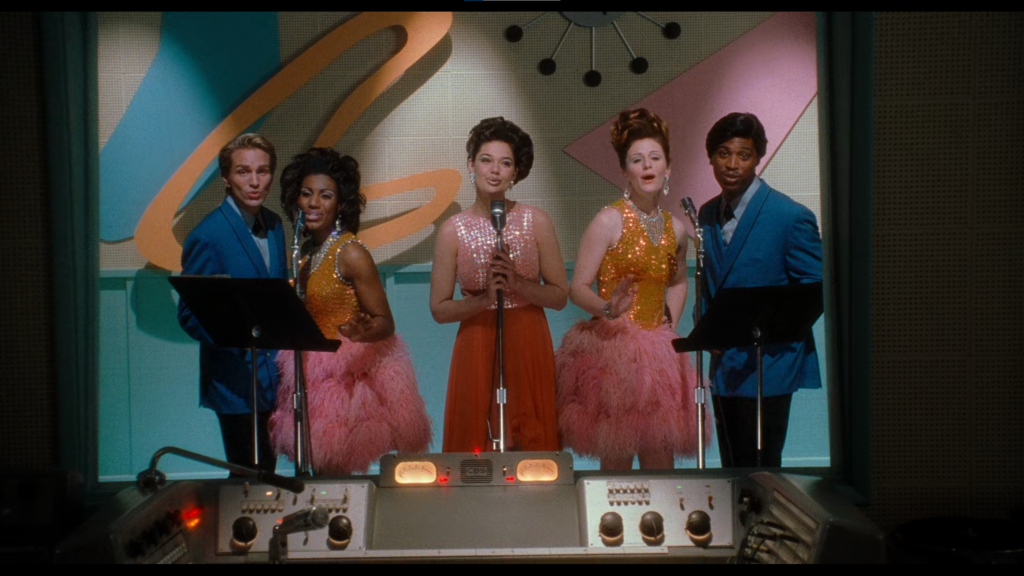Cinematography
- The pools of darkness, long tracking shots, and points of view leading to entrances and around corners, all build an ominous aesthetic, added by the soundtrack with often disturbing echoes or humming (recalling Eraserhead), an obsession with 1950’s popular music, and the unnerving synth score of regular composer Angelo Badalamenti
- The lightning and composition of many shots are reminiscent of the paintings of Edward Hopper. Despite having a contemporary setting, this gives the film a feeling that it is set in the 1950’s
- Cinematographer, Peter Deming, often lights characters using ‘night’ lightning even when the background is broad daylight. This adds to the dreamlike atmosphere of the film
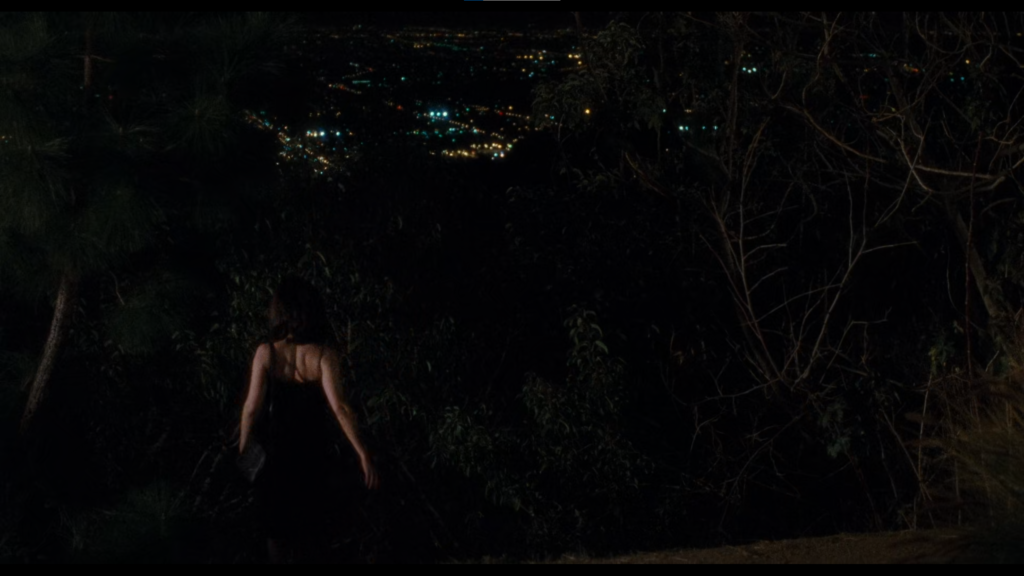
Mise en Scene
- Noir (the gangsters, the city as corrupting for the new arrival, the Pandora’s box key and safe, the femme fatale, the killings)
- Musicals (the curtain, performance microphone, the singers, previously seen in Blue Velvet (1986)
- Hollywood itself (famous road signs, landmarks, and intertextual auteur references to his own films, as well as Vertigo (Hitchcock 1959) and Sunset Boulevard (Wilder, 1950)
- Adding to the 1950’s feel to the movie, many of the characters dress and wear hair and make-up more associated with that decade. This was also a period of ‘Classic Hollywood’ and is a nod to one of the film’s main inspirations Sunset Boulevard (Wilder, 1950)
- Lynch often uses repeated motifs, meaning of which can shift and change throughout the narrative
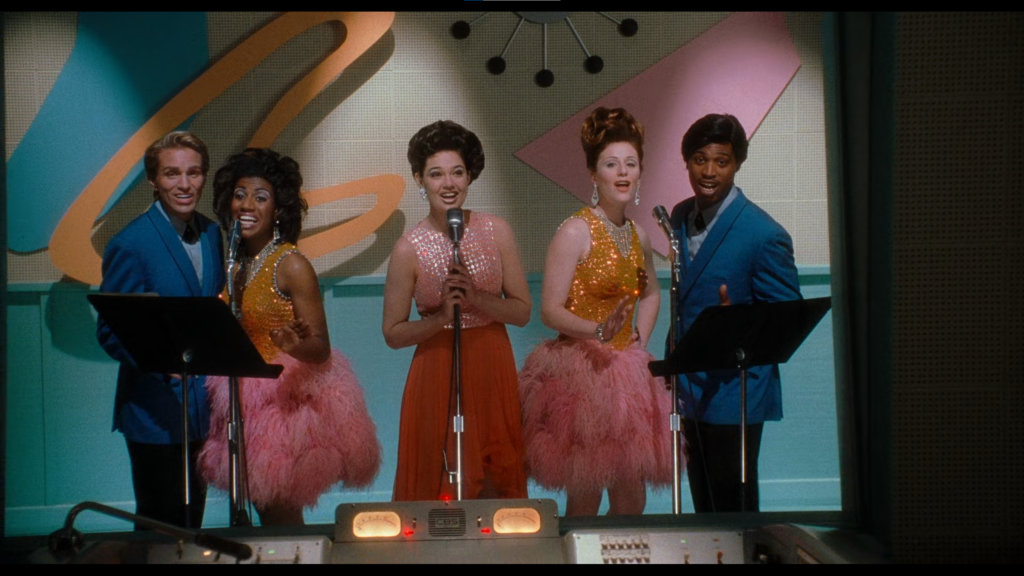
Sound
- Lynch consistently uses a deep throbbing bass sound to create a sense of unease and fear. Often this sound effect is used while the camera focuses on an unassuming object, imbuing the everyday with a malign energy
- In Mulholland Drive, this bass throb is combined with a sound like muffled wind that reminds us Los Angeles is a city in vast desert
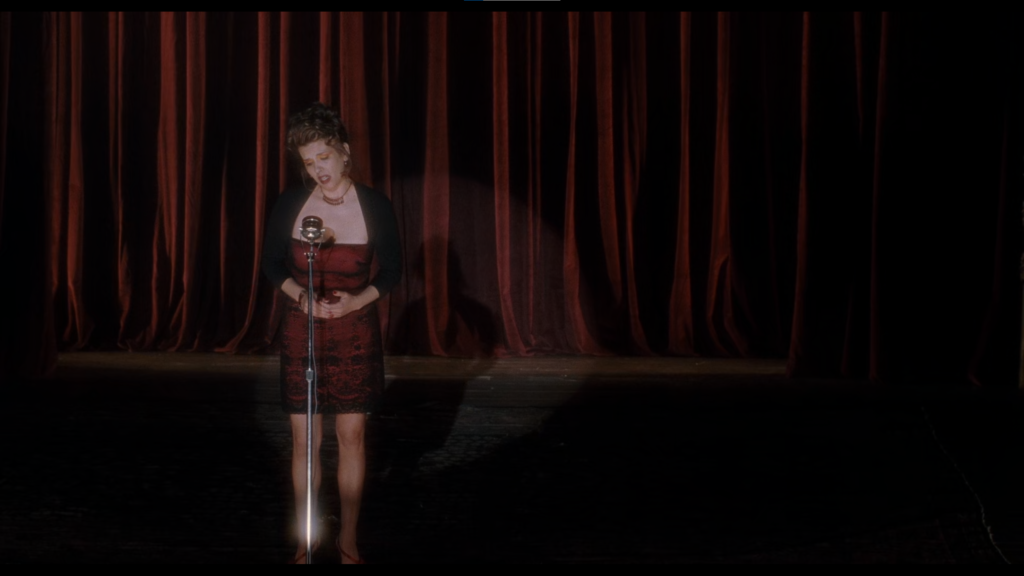
Editing
- In many of Lynch’s films, he creates a nightmarish atmosphere by filming and editing sequences. We feel there is something just out of shot that is lurking and there are repeated closeups of the characters’ confused or terrified faces, the sequence in the diner is a perfect example of this
